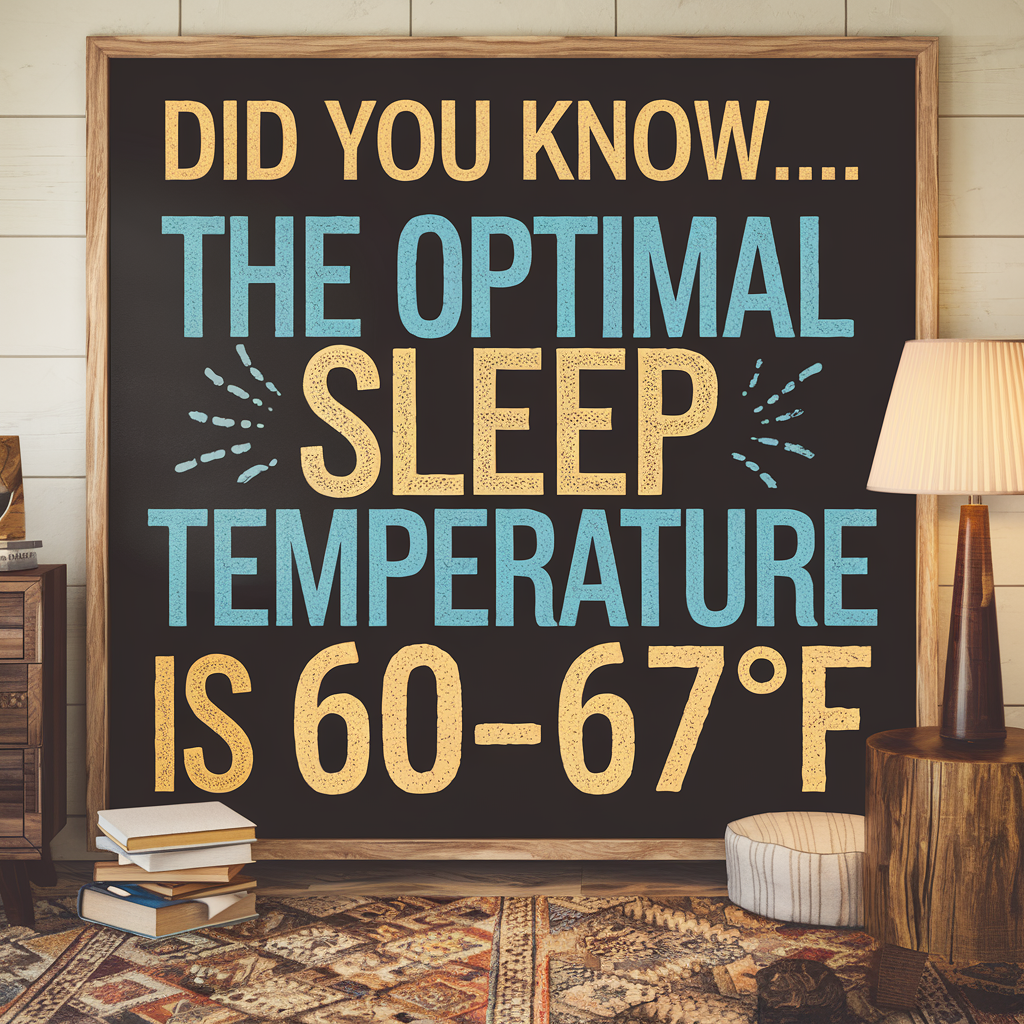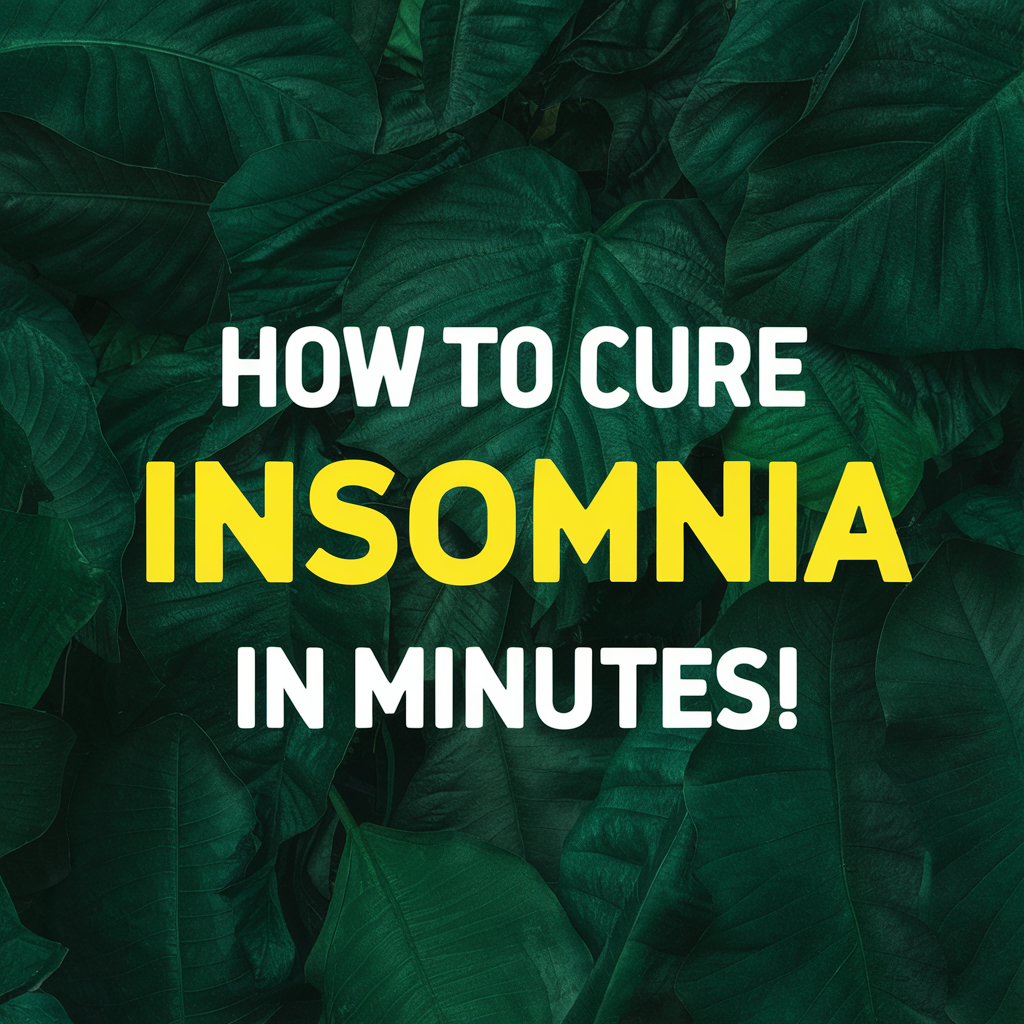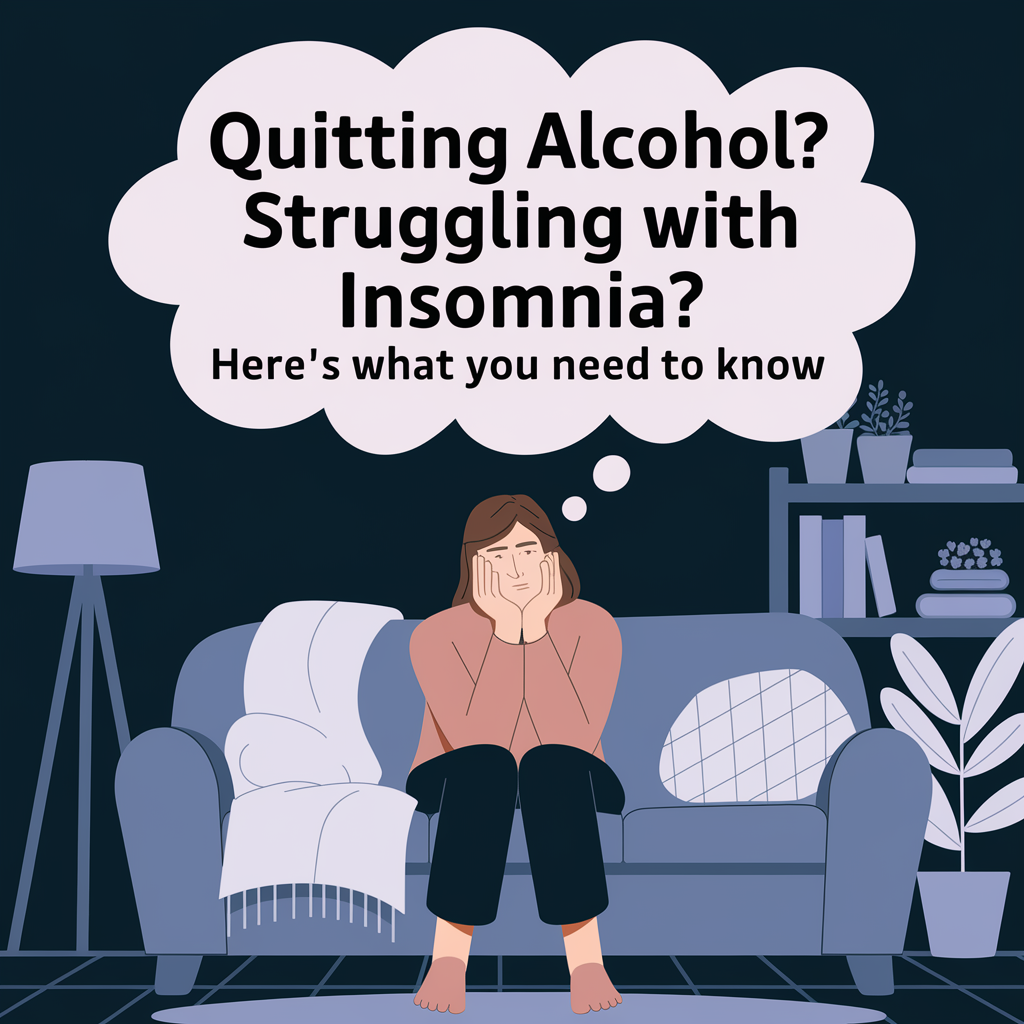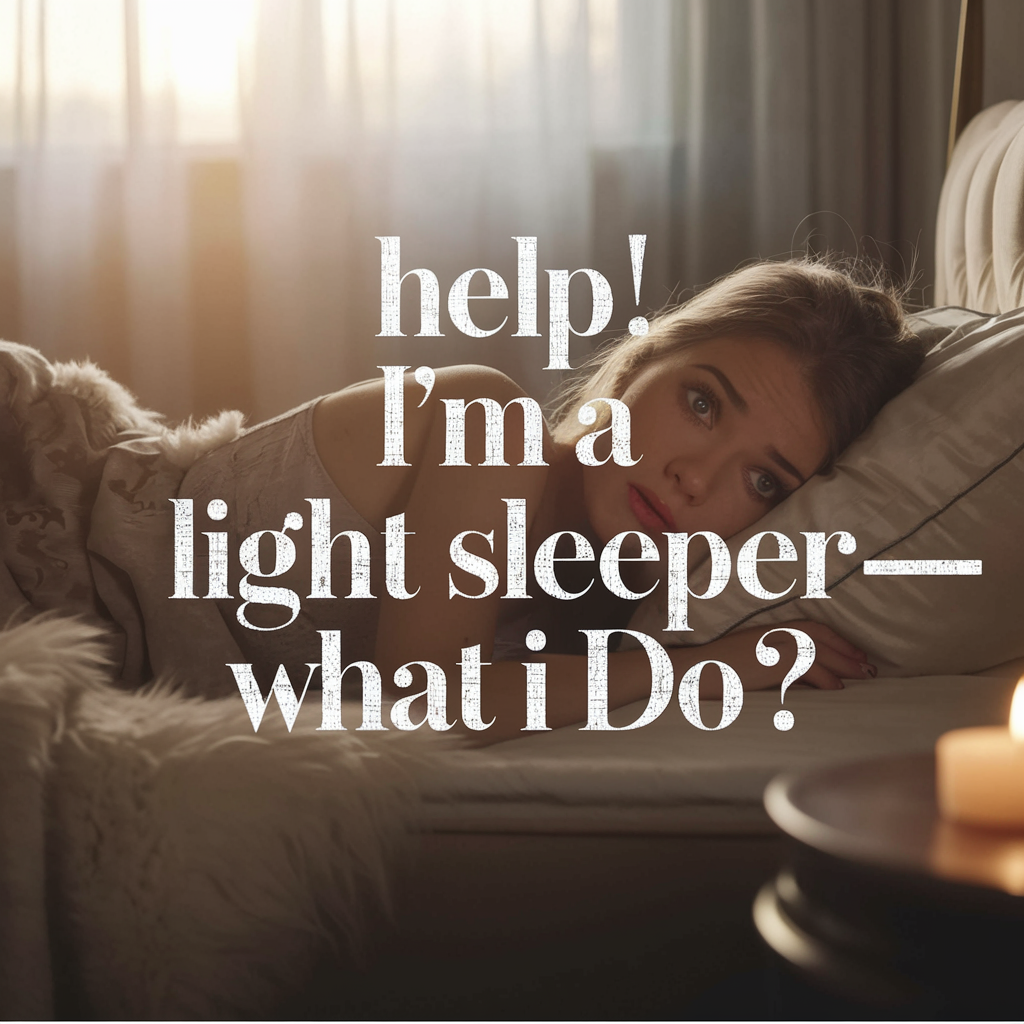
What does being a light sleeper actually mean?
If you’re a light sleeper like me, you know the struggle is real. A creaky floorboard? I’m awake. A dog barks down the street? I’m up. Someone opens the fridge at 2 a.m.? Might as well just start my day. For years, I thought something was wrong with me—why could everyone else sleep through chaos while I woke up every time the wind changed?
Turns out, being a light sleeper is more common than I realized. It doesn’t mean your sleep is broken or that you’re destined for bad rest forever. It just means your brain is more sensitive to external stimuli while you sleep. Sounds, light, temperature shifts—your body picks up on all of it.
And here’s the thing: it’s manageable. With the right tools, environment, and a little strategy, you can sleep great even if you’re someone who hears everything. I’ve gone from waking up 10 times a night to sleeping straight through until morning—and I’ll show you exactly what worked for me.

Why do light sleepers wake up so easily?
It’s not all in your head—there’s actually some interesting science behind this. Light sleepers tend to spend more time in the lighter stages of the sleep cycle (stages 1 and 2), where the brain is still alert to surroundings. That means even small noises or flickers of light can bring you back to full awareness.
Here are a few reasons you might be sleeping lighter than others:
1. Noise sensitivity
Whether it’s your genetics, your environment growing up, or just how your brain is wired, some of us are simply more tuned in to sounds. It’s not a flaw—it’s how we’re built.
2. Stress and anxiety
If your mind has trouble shutting off at night, it keeps you in that half-awake state. I used to fall asleep anxious and wake up even more tense. That changed once I started building a better bedtime routine and calming my space down.
3. Poor sleep environment
Too much light, inconsistent temperature, or background noise (the bad kind) can all keep your brain from reaching deep, restorative sleep.
But here’s the good news—you’re not stuck this way. I found real relief once I started making intentional changes, like adding blackout curtains and finding a fan that blocked out the right kind of noise instead of just living with constant interruptions.

Light sleeper help: What worked for me
Once I accepted that I was a light sleeper, I stopped trying to “sleep like everyone else” and started building a sleep setup that worked for me. And once I did? Game-changer. I stopped waking up every hour, fell asleep faster, and finally started waking up feeling like I’d actually rested.
Here’s what helped me the most:
1. I stopped trying to fight noise—and masked it instead
Trying to sleep in silence never worked for me. Every little creak or outdoor noise would jolt me awake. What worked? A fan. Not just any fan—the right kind of fan that gave me steady, calming white noise. The consistent hum helps my brain tune out everything else and finally let go.
And if you’re wondering whether it’s okay to run a fan all night, I broke all that down in this article about sleeping with a fan on. Spoiler: it’s helped more than it’s ever hurt.
2. I made my room pitch dark
Light used to wake me up way too early—or even in the middle of the night if a car passed by. Adding blackout curtains was one of the easiest and most effective changes I made. It helped me stay asleep longer and reset my internal clock naturally.
3. I cut out late-night distractions
I used to scroll on my phone in bed or leave the TV on. Big mistake. Now I start winding down about 45 minutes before I want to sleep—dim lights, no screens, and soft background noise (aka, that fan I can’t live without).
4. I lowered my room temperature
Cooler rooms promote deeper sleep, especially if you’re light-sensitive to heat or stuffiness. I keep mine around 65°F with the fan running—not freezing, but cool enough to feel comfortable under a blanket.
These changes weren’t expensive or complicated—but they seriously transformed the way I sleep. If you’re a light sleeper who feels like you’ve tried everything, you might just need to rethink how your environment is working against you. A few tweaks could make all the difference. Next, I’ll dive into why sound is everything for us light sleepers—and what kind of noise actually works.

The best noise solution for light sleepers
If you’re a light sleeper, sound is either your worst enemy—or your greatest ally. For years, every little noise woke me up. The problem wasn’t just that sounds existed, it was that they were random and unpredictable: dogs barking, neighbors slamming car doors, a loud motorcycle at 1 a.m. I’d fall asleep fine but wake up constantly.
What finally changed everything? Intentional noise. Specifically, using a fan to create consistent, soothing background noise that masks all the stuff that used to wake me up.
I tried apps, sound machines, and even a white noise playlist, but they never felt natural. It was the hum of a real fan that finally helped me stay asleep. And not just any fan—this list of sleep-approved fans became my go-to resource after I tested more than I care to admit.
Here’s why a fan works so well for light sleepers:
1. It drowns out random sounds
The low, steady hum of a fan smooths out environmental noise. Your brain stops focusing on the small stuff and drifts into deeper rest.
2. It becomes a sleep signal
Now, when I hear my fan kick on, it’s like my brain knows it’s bedtime. That mental association helps me fall asleep faster.
3. It feels natural
Compared to artificial white noise machines, fan sound feels organic. It blends into the environment, instead of standing out like a looped recording.
If you haven’t tried sleeping with a real fan yet—or if you’ve only used those tiny clip-ons or ultra-quiet ones—give it another shot. My sleep completely turned around when I found the right fan that actually blocks out distractions and made my bedroom sound like a gentle wind tunnel instead of a house full of creaks.
Next up, I’ll talk about how light sensitivity affects sleep and how blackout curtains made just as big of a difference as the fan did.

Do blackout curtains really help light sleepers?
I didn’t think light was a big deal—until I started waking up at 4:30 a.m. every day during the summer. Streetlights, porch lights, passing cars, early sunrises… even the moonlight through my old blinds was enough to mess with my rest. As a light sleeper, it turns out I wasn’t just sensitive to noise—I was sensitive to light too.
That’s when I finally tried blackout curtains. And yeah, I should’ve done it way sooner.
Here’s how they helped:
1. They block out everything—not just sunlight
Once I put up blackout curtains, my room turned into a cave (in the best way). No more headlights flashing through the window or the neighbor’s motion light waking me up. It was dark-dark—and my brain loved it.
2. They help your brain produce melatonin naturally
Light—even small amounts—can suppress melatonin production and throw off your body’s internal clock. Since I started using blackout curtains, I fall asleep faster and stay asleep longer.
3. They eliminate the early morning wake-up problem
As a light sleeper, one of the worst things was waking up at sunrise and being unable to fall back asleep. Now, I sleep through those early hours without realizing the sun is even up.
I pair my blackout curtains with the perfect fan setup and cooler temps for what I now call my “sleep cave.” It’s dark, quiet (thanks to controlled noise), and relaxing. And if you’re still struggling to sleep through the night, making your room darker is one of the easiest, most affordable upgrades you can make.
If you want to take it a step further, pairing blackout curtains with a fan that creates the perfect sleep noise is a powerhouse combo for light sleepers. I don’t just recommend it—I rely on it every single night.
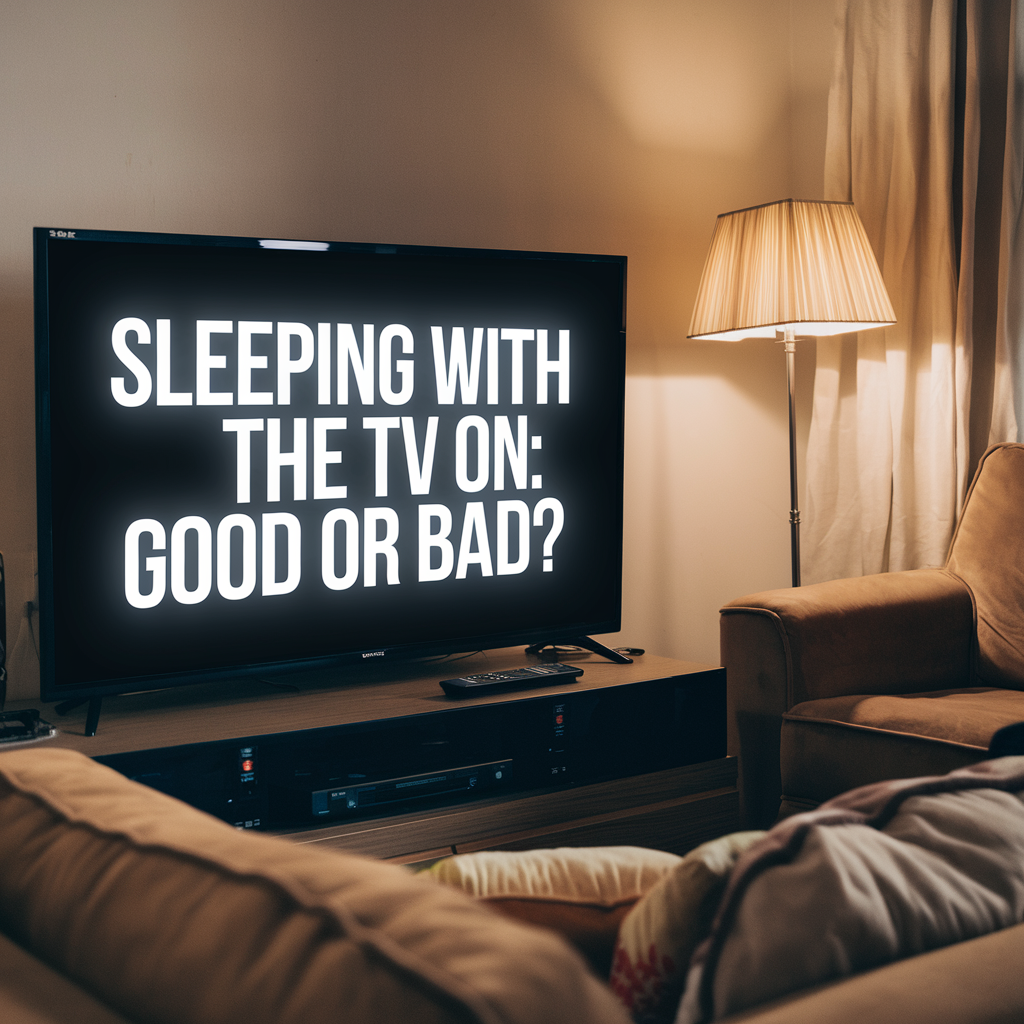
What to avoid if you’re a light sleeper
Let’s be real—even with the perfect blackout curtains and the best fan for sleeping noise, your sleep can still get wrecked by habits that seem small but make a big impact. I’ve learned (the hard way) that being a light sleeper means I have to be way more intentional about what I don’t do before bed.
If you’re tossing and turning or waking up multiple times a night, here are some of the biggest things to avoid:
1. Late-night screen time
Scrolling TikTok or watching a show in bed used to be my nightly routine… until I realized I wasn’t actually tired. The blue light from phones and TVs suppresses melatonin and keeps your brain active. Now, I shut down screens 30–60 minutes before bed and go with dim lighting instead. It makes a bigger difference than I expected.
2. Drinking caffeine after noon
I used to think caffeine only affected me if I had it right before bed. Nope. Even coffee from earlier in the afternoon was messing with my ability to fall into deep sleep. Now I cut myself off after lunch, and my sleep has been way more stable.
3. Clock-checking at night
Nothing throws off your sleep mindset like waking up and seeing it’s 3:47 a.m. again. I moved my phone out of reach and turned the clock away from me. I sleep better when I don’t know what time it is.
4. Sleeping in a room that’s too quiet
Silence isn’t golden for light sleepers—it’s a trap. It makes random noises even more jarring. That’s why having a reliable fan that creates consistent sleep noise has been such a lifesaver for me. No more jumping at every little sound.
5. Drinking too much water right before bed
Obvious one, but I still fall into this trap sometimes. If you’re waking up to pee every night, try front-loading your fluids during the day and tapering off after dinner.
The goal here isn’t to be perfect—it’s to create a sleep environment that’s actually working with you, not against you. I started sleeping better the second I cut out these habits and focused on building a routine that supported deeper, uninterrupted rest.

Best sleep products for light sleepers
I’ve wasted money on sleep gadgets that promised the world but didn’t do much. So now, I only recommend the stuff that’s actually helped me sleep better as a light sleeper. These aren’t gimmicks—they’re simple, practical tools that made a big difference in how often I wake up (and how fast I fall back asleep).
Here’s what’s earned a permanent spot in my nightly routine:
1. A real-deal sleep fan (not just any fan)
Noise is my biggest trigger, so finding the right fan was a must. I tested a bunch, and nothing worked like the Lasko Wind Machine. It puts out that perfect low hum that blocks random noises but doesn’t distract me.
If you want a louder option or a box fan style, I broke down all my top picks in this article on the best fans for sleeping noise—every one tested in my real bedroom.
2. Blackout curtains
When you’re sensitive to light, this is a no-brainer. I used to wake up way too early from the tiniest sliver of light. Now my room stays pitch black until I’m actually ready to wake up. These pair perfectly with fan noise to create a truly calming, sleep-focused space.
3. A simple sleep mask
If blackout curtains aren’t an option (like when I travel), I bring a soft sleep mask. It’s lightweight and easy, and it’s saved me in hotel rooms with bright lights or thin curtains.
4. Cooling sheets and blankets
I’m a hot sleeper, and waking up sweaty is a one-way ticket to terrible sleep. Lightweight, breathable bedding keeps things comfortable—and keeps me asleep.
5. Earplugs (as a backup)
I don’t use them every night, but if I’m somewhere really noisy (like traveling), a soft set of earplugs helps on top of fan noise. Just make sure they’re comfortable enough to wear all night.
Light sleepers don’t need expensive tech—they need smart, simple tools that target the things keeping them up. Start with noise and light control, and you’ll probably notice an immediate difference. I sure did.

As an Amazon Associate we earn from qualifying purchases through some links in our articles.
